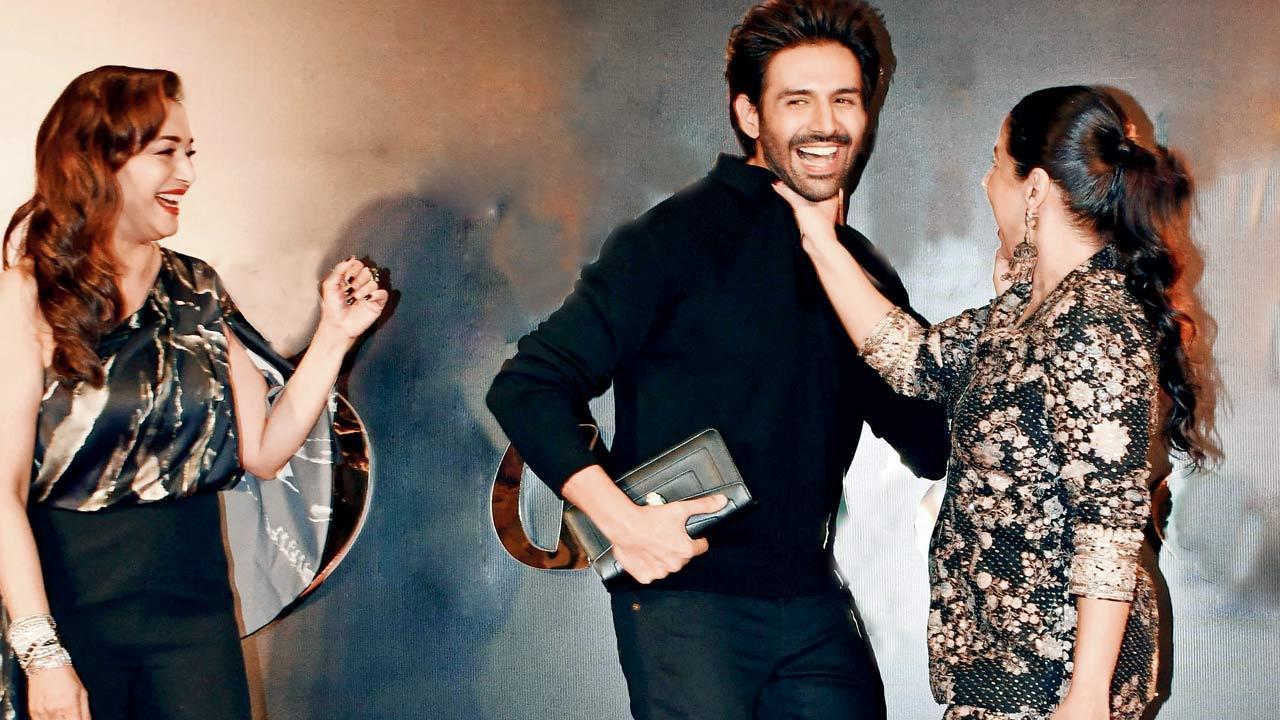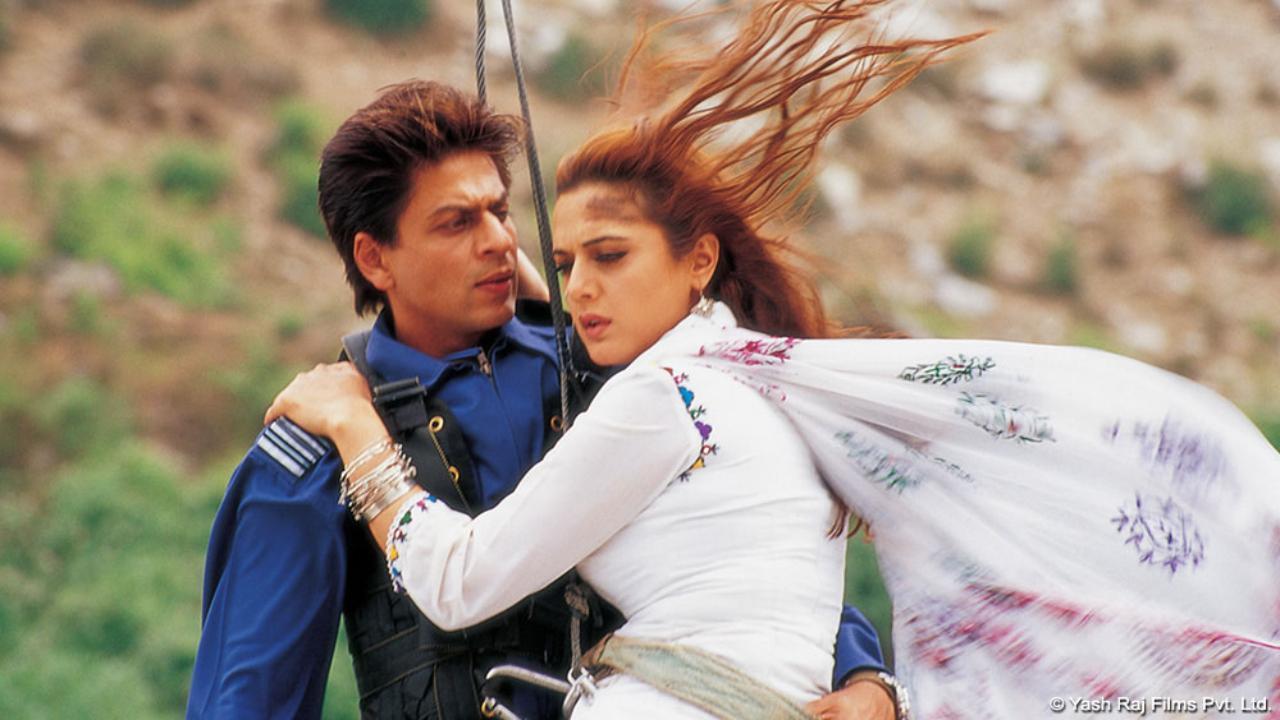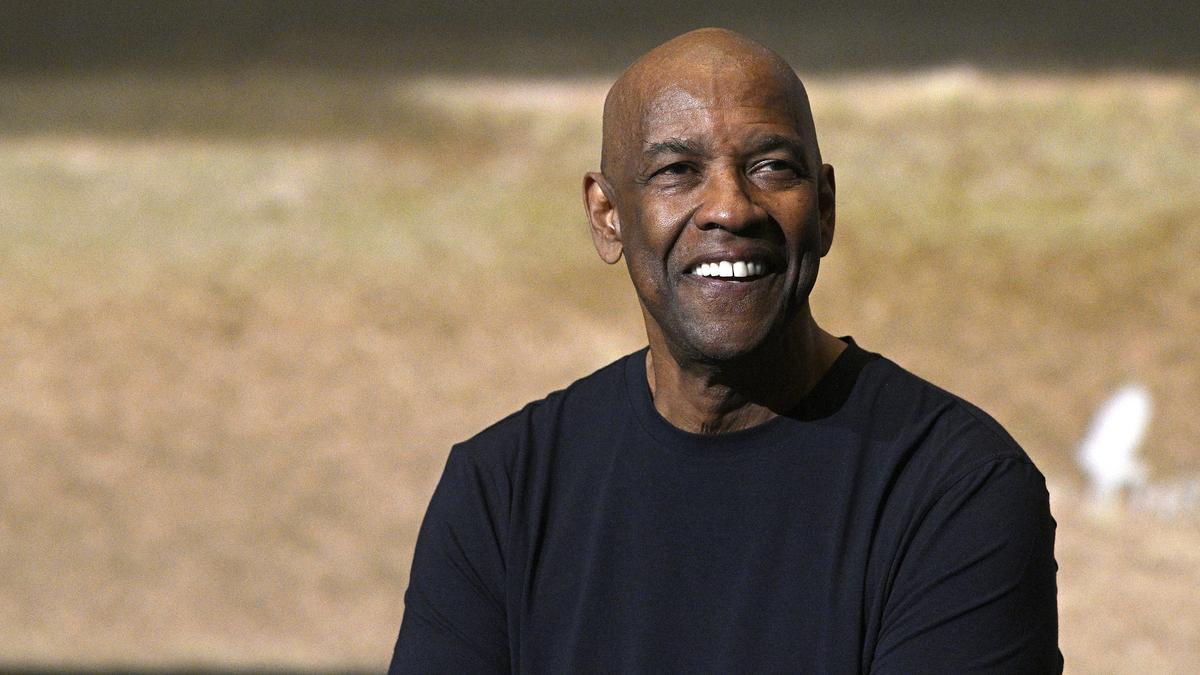
In the enchanted realm of comedy, where anecdotes vibrate with belly laughs and poignant silences lend depth to spurts of humor, there emerges an artist whose tapesty weaves an amalgam of intellect, absurdity, and plucked-string charm—Steve Martin. In Morgan Neville’s comprehensive documentary, “Steve! (Martin) A Documentary in 2 Pieces,” broadcast on Apple TV, viewers are plunged into a dualistic narrative deconstructing the comedic journey of this renowned performer. From his dawn as a fledgling showman to the twilight of a reflective sage, Martin’s evolution is a spectacle laid bare in a gripping and affectionate portrait.
With a narrative as compelling as Martin’s own career, the documentary splits into two pieces – one reflecting the raucous momentum of his earlier life, and the other, the introspective ponderings of his current state. In the earlier chapters, a younger Martin, framed in archive footage and punctuated by his narrations, strides across the stage with R Crumb’s iconic Keep On Truckin’ gait, speaking of his routines that were “aggressively stupid” yet steeped in an advanced logic that seems to escape him even as he jests about it.
These initial forays unearth the wild and crazy man’s bare-bones act—a blend of whimsy, unexpected magic tricks that “work better when they don’t,” and high-speed verbal acrobatics, arguing that his success was a wild fluke. His relentless self-deprecation in claiming that his comedic powers were rooted in a lack of talent only serves to enhance the fascination surrounding his climb. Martin stood out as the fresh prince of stand-up, donned in his pure white suit, adorning Groucho glasses, striking an unforgettable silhouette against the backdrop of the 1970s comedy landscape.
It was an era when Martin ruled supreme, his act not just a comedy but a commentary on the performance itself—a meta-humor that broke conventions and forged new expectations for what stand-up could be. Interviewees celebrate this paradigm shift, capturing the essence of Martin’s impact; a breathless frenzy captivated audiences. With timeless bits like ‘Excuuuse Me!’ and his quirky magician alter ego, ‘The Great Flydini,’ we witness the meteoric rise of a comedy king.
Yet, all crowns are heavy, and Martin’s step into the ruthless land of Hollywood comes across as a sobering pivot. Even as he navigated new roles with characteristic finesse, a stark video clipping in the documentary featuring a bruising media encounter encapsulates this uneasy transition. “Hey Steve, why aren’t you funny anymore?” A question that perhaps haunted many comedians of his ilk as they ventured beyond the microphone and stage spotlight.
The second half of the documentary shifts gear from comedic routines to something quieter, more contemplative. It flits through Martin’s current life, now filled with banjo serenades and peaceful breakfasts. It’s a testament to his guarded existence outside the public eye and his retreat into a secluded world brimming with artistic fervor and family.
Within the walls laden with fine art and domestic bliss, interviews with Martin himself, his spouse Anne Stringfield, along with other illustrious peers, offer us rare glimpses of the unraveling of Martin’s public and personal selves. Though frustratingly scant, details from his cinematic career (including beloved roles in films like “Father of the Bride” and “Bowfinger”) poke through, providing fans with the anecdotes they crave.
One of the most cherished aspects of the documentary, undoubtedly, is the inclusion of Martin Short, Martin’s comedic collaborator and a beloved figure in his own right. Scenes of the two engaging in their now-infamous banter while attending to mundane tasks such as laundry and horse-feeding paint a heartfelt picture of friendship and mutual admiration. Their kinetic, albeit graying, energy is a reminder that humor, like fine wine, matures with age.
Concluding, Morgan Neville’s documentary does not simply offer a comedic retrospective but dissects the very fibers of a life devoted to the pursuit of humor. The Steve Martin that viewers meet is one who has embraced his influences – from magic mishaps to the pulsing crowds of stand-up – and transmuted them into a career that epitomizes the transformative power of laughter. Steve Martin may have commenced his odyssey as the zany outlier, the “wild and crazy guy,” but along the way, he refined his craft, emerging as an emblematic figure whose contributions to comedy resonate deep in the heart of American culture.










